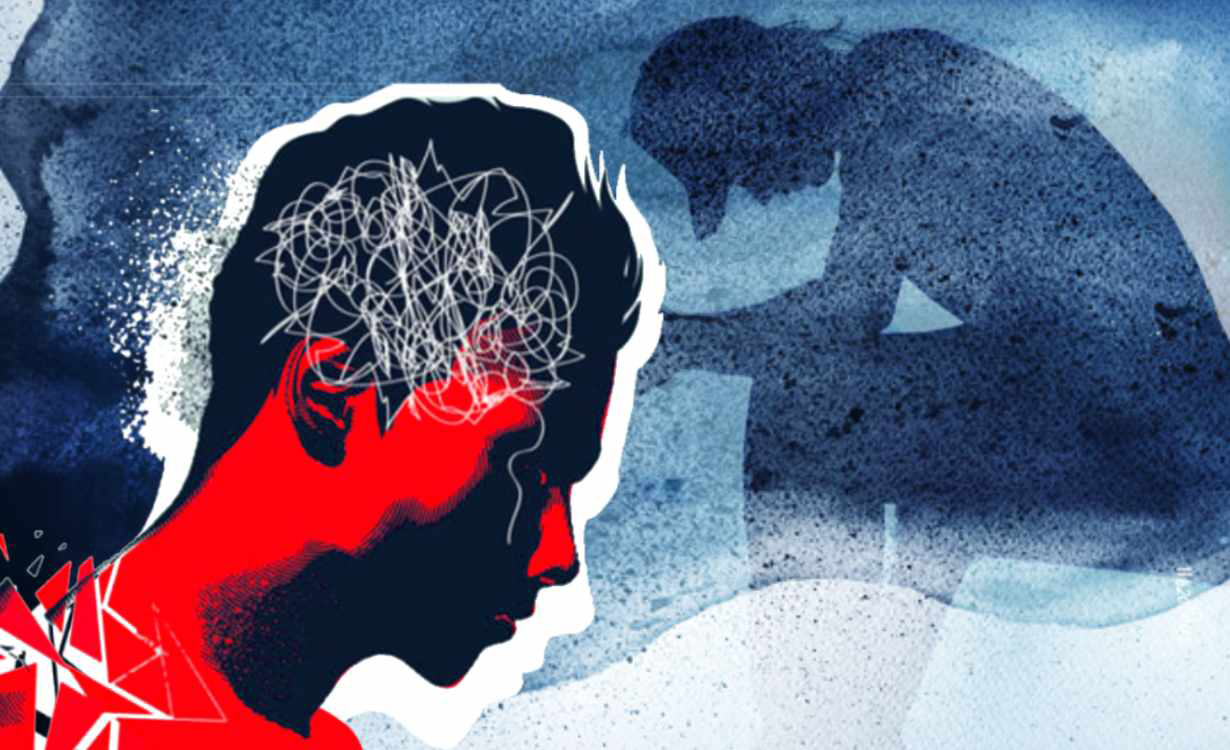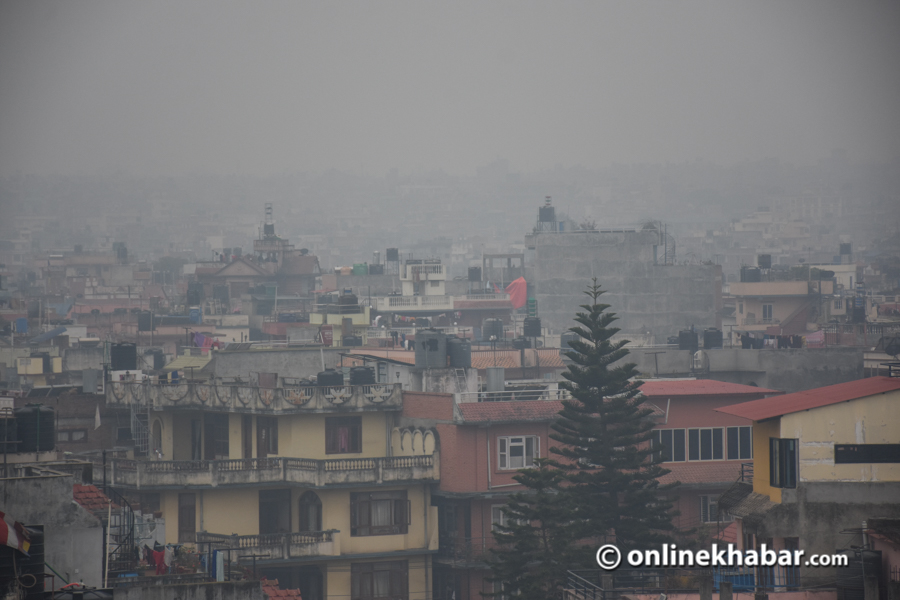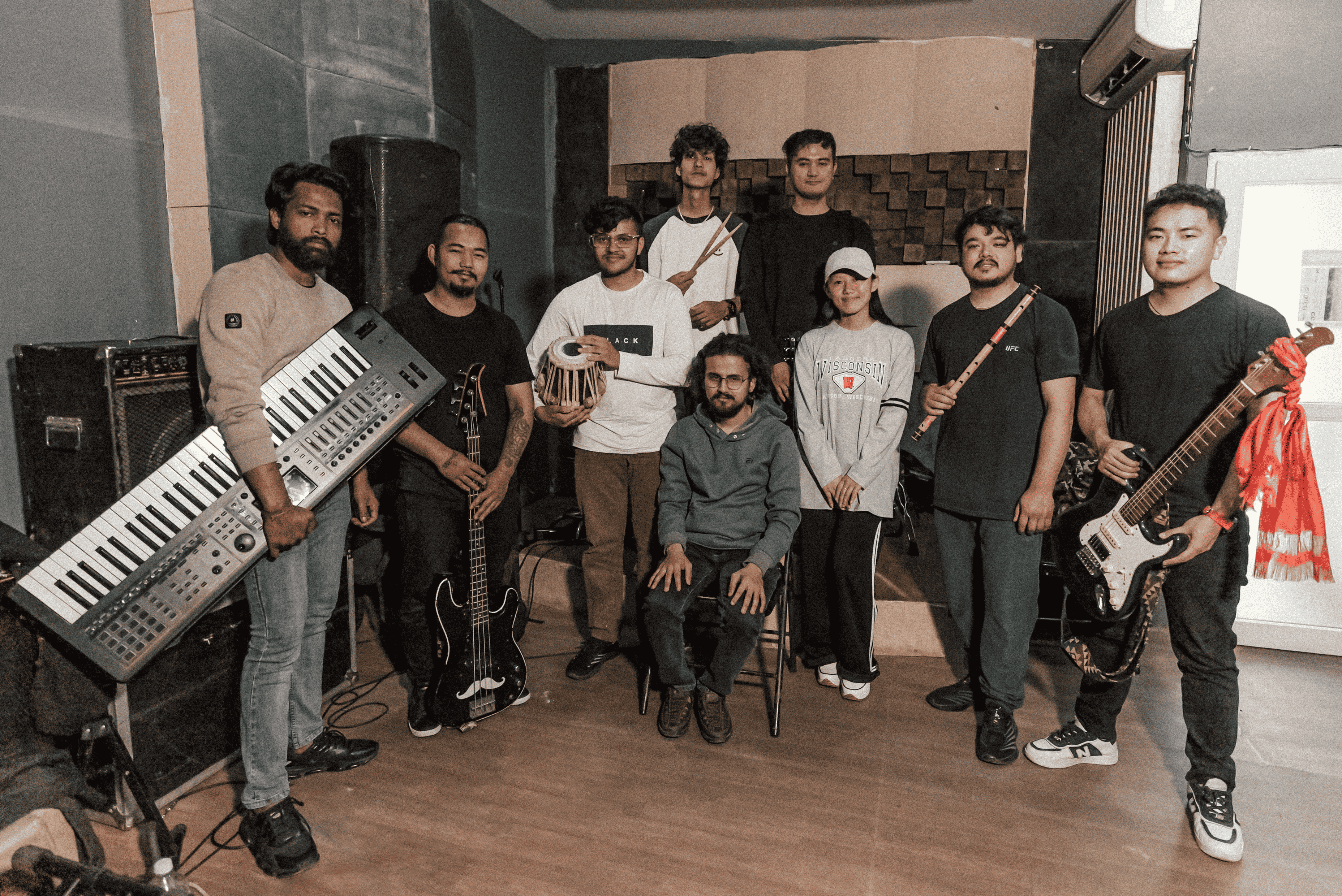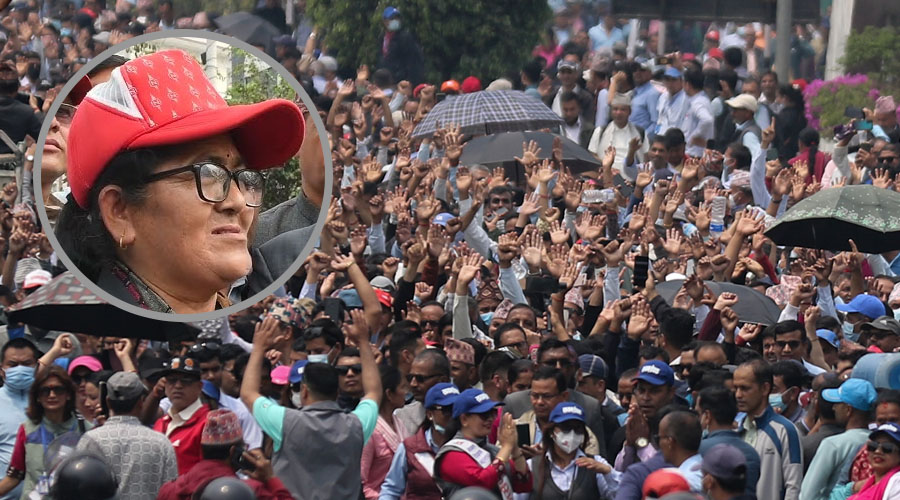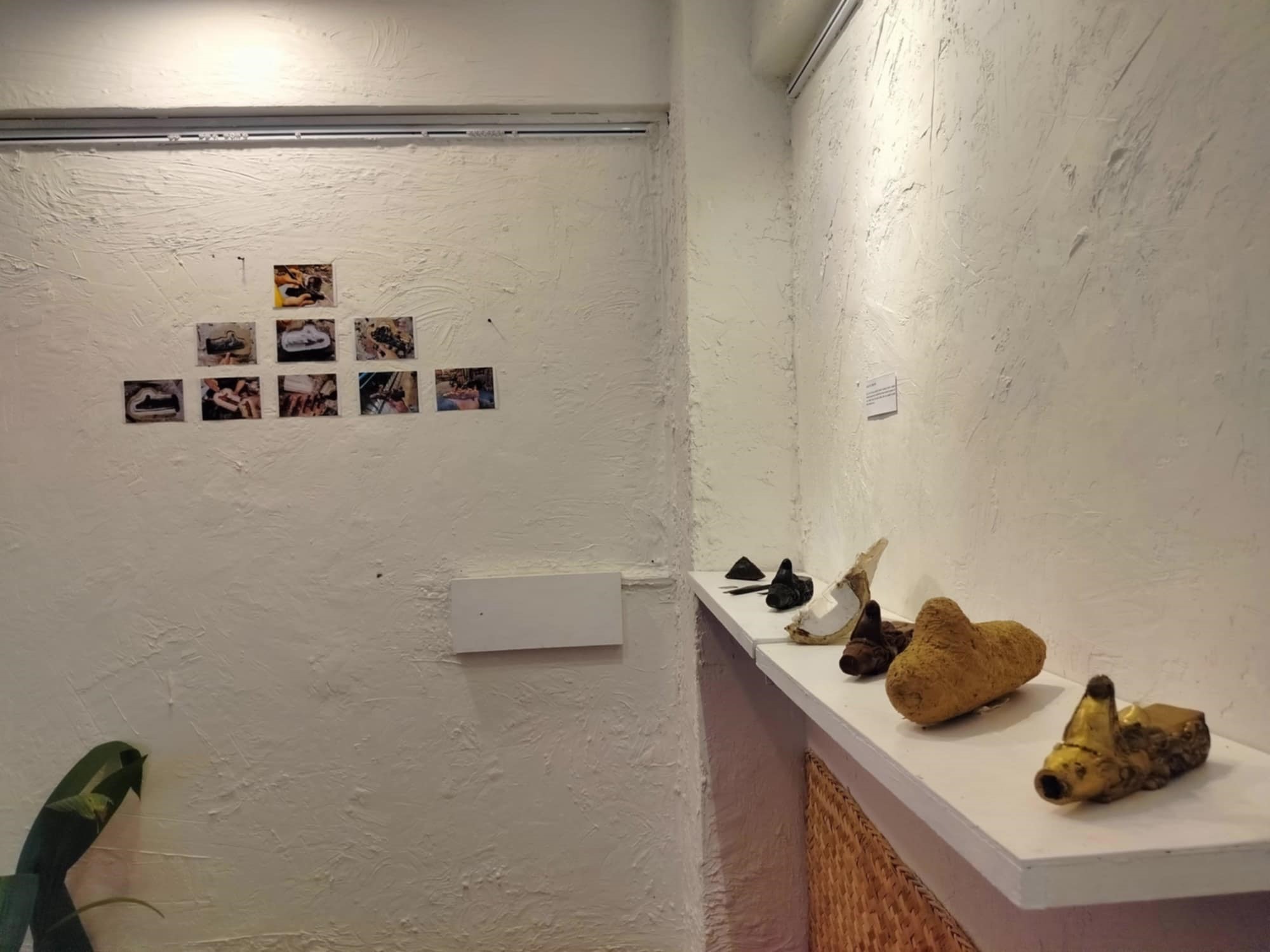
“My dad’s gene must have worked for me that’s why I am also creating art,” says 21-year-old artist Swarnim Shakya. For him art is everything and it is due to the joy that he gets from art, he is into art. Currently, a fifth-semester student at Aksheshowr Traditional Buddhist College, he is enjoying his learning journey and sharing the same joy through his art. His works are on display at Davu Gallery, Bhimsensthan along with artist Sawan Chhetri titled ‘Beyond Word’ that kicked off on August 4.
The exhibition is featured on the first floor and second floor of the gallery. On the first floor, visitors can explore mental health through monochromatic photographs, while paintings, photographs, and installations welcome art enthusiasts on the second floor.
The exhibition title is fitting, as it allows viewers to interpret and explore various dimensions of mental health and Nepal’s cultural heritage.
Disappearing Heritage of Nepal

Shakya has showcased an installation, painting and sculpture under the subtitle ‘Disappearing Heritage of Nepal’. He focused his works on the cultural heritage of Nepal which is on the verge of disappearance.
Shakya aims to evoke the question— why is Nepali cultural heritage disappearing? Also, he wants the new generation to enjoy and take pride in Nepal’s rich cultural heritage. He says, “Our cultural heritage might be disappearing due to generation gap, urbanisation, theft and modernisation.”
He explains his reasons for choosing Hiti (traditional stone taps) for his exhibition and that due to modernisation ancient water systems like Hitis are neglected and encroached upon. He adds, “If you have a water system that lets you fetch water inside your own house, you wouldn’t bother going to these community Hitis far from your house to fetch water.”
However, these Hitis have a history and showcase Nepal’s civilisation that’s why he chose to create a miniature version of metal Hiti, a replica of Hiti at Sundhara, Patan. Using the lost wax process he has created his Hiti and shaped it in an installation to explore his version of understanding the lost history.
In the installation, he has used an aquarium that symbolises the Kathmandu Valley. His metal Hiti and a small clay vessel symbolising gagri (a traditional vessel used to fetch water) are submerged in aquarium water. On top of it, a plastic tap, symbolising change and modernisation, is placed where water is flowing in the aquarium.

Likewise, in his painting, he has depicted Lord Bhairab inside a ritual room and he has taken its reference from the metal sculpture of Bhairab, which Nepal has lost in theft. Then, he created Goddess Tara in a miniature form, in Nilpatra.
On the side of the deity, mantras and dharani are written in the Ranjana script. Nilpatra is a traditional paper used to document, record and preserve knowledge by writing manuscripts. Shakya created this ancient paper sheet, which he had learned during an assignment. All this can be experienced on the second floor of the gallery.

The Power of Expression

Sawan Chhetri’s monochromatic photographs are on display on the first floor of the gallery. Chhetri is a multidisciplinary artist based in Columbus, Ohio, and is a recent BFA graduate in photography from The Ohio State University.
In the photographs, he explores the intricacies of mental health which are often neglected or not acknowledged.
His series captures the paradoxical nature of memories—haunting yet healing—depicting the emotional spectrum from deep depression to anxiety’s peaks. By visually narrating these experiences, Chhetri seeks to break the stigma surrounding mental health, turning invisible struggles into vibrant, thought-provoking images.
If you are willing to explore realms of lost history and mental health through these young artists, visit the exhibition that continues till August 23.





